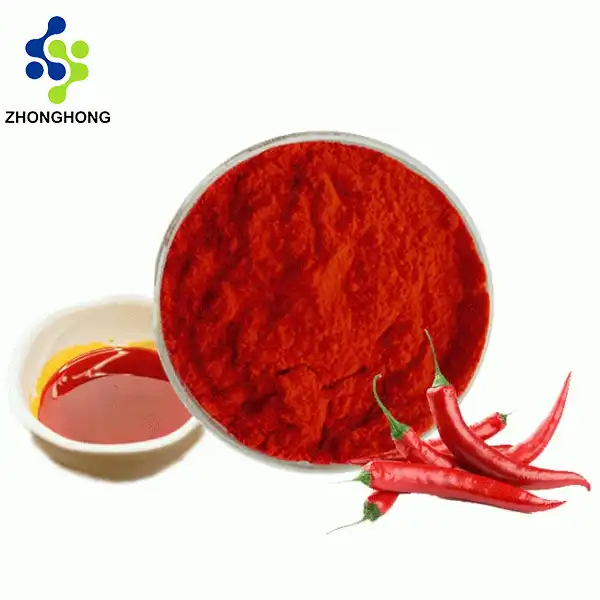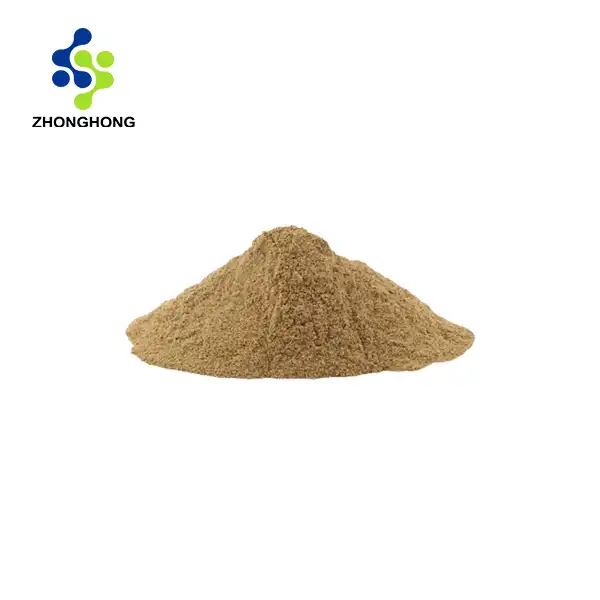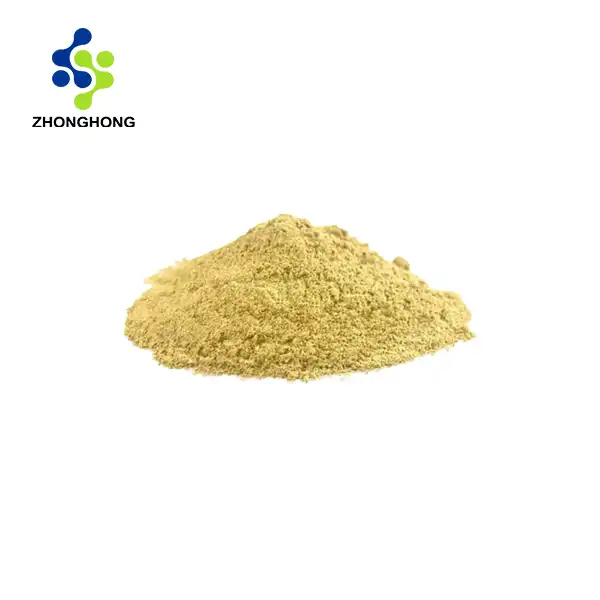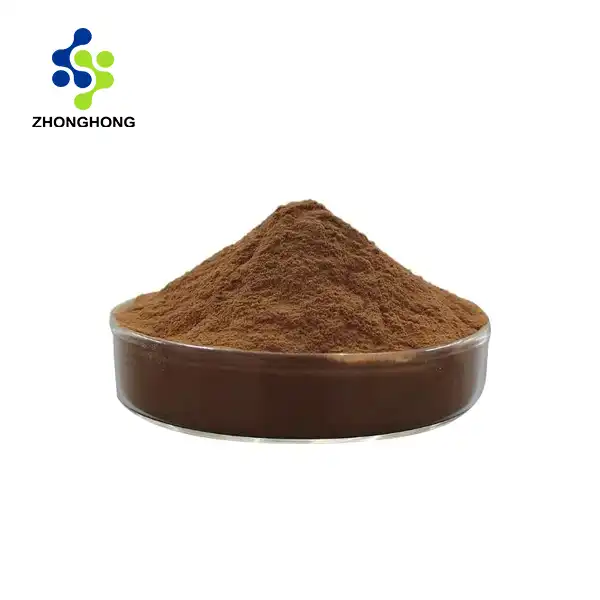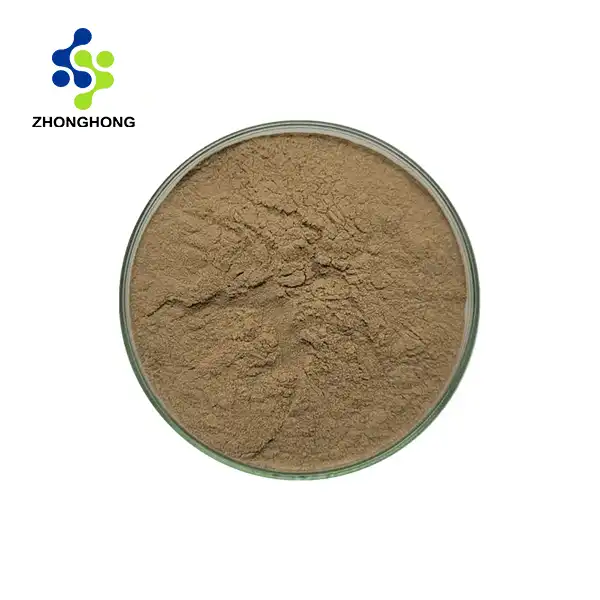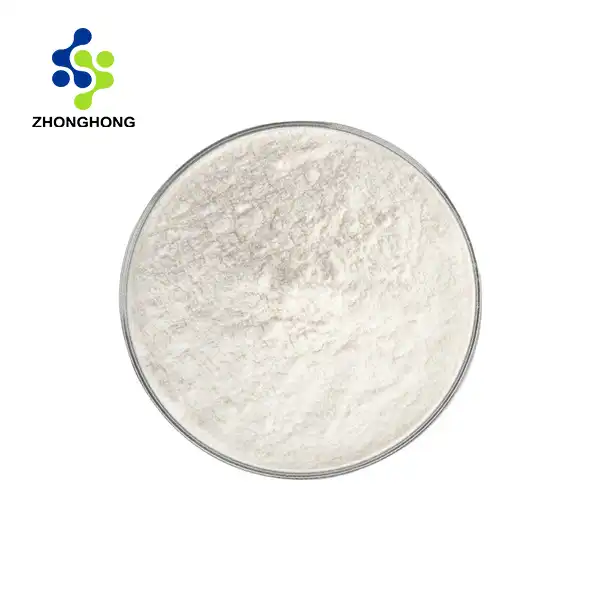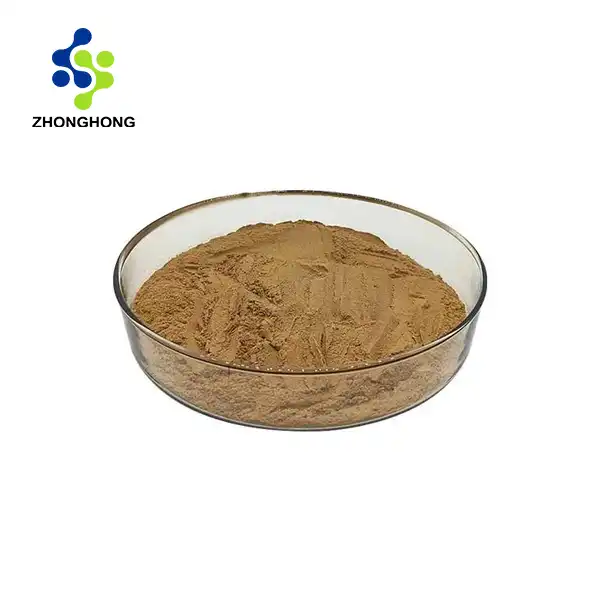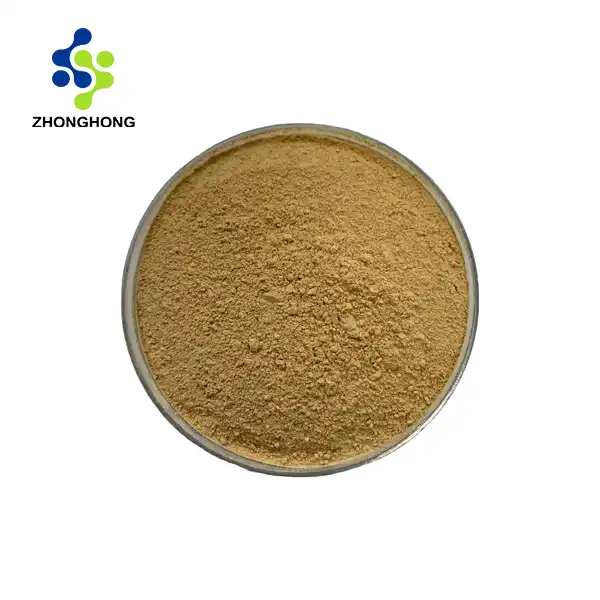Stachyose Powder is a complex carbohydrate in the oligosaccharide family made up of four monosaccharide units. Particularly, stachyose is composed of two galactose, glucose, and fructose molecules that are linked in a specific order. Galactose-(1-6)-galactose-(1-6)-glucose-(1-2)-fructose is the molecular structure of stachyose. The distinctive properties of stachyose, such as its potential health benefits and effects as a prebiotic, are the result of its distinctive composition. A thorough comprehension of the monosaccharide components is necessary for researchers, pharmaceutical companies, and food manufacturers who are interested in utilizing stachyose's functional properties for a variety of purposes.
Stachyose's Chemical Structure and Properties
Stachyose's Molecular Configuration
Stachyose, a tetrasaccharide, has unique properties because of its intricate molecular structure. Four sugar units are connected by glycosidic bonds to form stachyose's core. The physical and chemical properties of the compound are heavily influenced by the particular arrangement of these monosaccharides. A linear oligosaccharide chain with distinct functional groups at each end is formed by the galactose-galactose-glucose-fructose sequence.
The Chemical Composition of Stachyose
The purified form of this oligosaccharide, stachyose powder, has a number of notable physical properties. It usually looks like a white, crystalline solid that tastes a little bit sweet. The compound is exceptionally dissolvable in water, making it simple to integrate into different details. Stachyose maintains its structure and functionality over extended periods of time and exhibits good stability under typical storage conditions. Stachyose is a desirable ingredient for cosmetic, pharmaceutical, and food applications due to its physical properties.
Stability and Reactivity of Chemicals
The chemical reactivity of stachyose is significantly affected by the fact that it is an oligosaccharide. The compound is able to reach the colon intact because human enzymes in the upper gastrointestinal tract are unable to break it down. Its prebiotic effects depend on this property. Stachyose maintains its stability in acidic environments but is susceptible to hydrolysis in strongly alkaline ones. Due to the structure's numerous hydroxyl groups, stachyose can participate in a variety of chemical reactions, including esterification and oxidation, which can be used in industry.
Stachyose's Biological Significance and Positive Effects on Health
Stachyose's properties as a prebiotic
Stachyose is a powerful prebiotic that encourages the development of beneficial gut bacteria. It can get to the colon, where it is used as a substrate for fermentation by probiotic microorganisms, despite the fact that its intricate structure prevents digestion in the upper gastrointestinal tract. Short-chain fatty acids (SCFAs) are made through this process. SCFAs are important for keeping the gut healthy, increasing mineral absorption, and controlling the immune system. The scientific community and the functional food industry have shown a lot of interest in stachyose's prebiotic activity.
Effects on the Body's Metabolism and Control of Blood Sugar
Stachyose Powder may have beneficial effects on glucose metabolism and blood sugar regulation, according to research. Stachyose can be slowly digested and fermented in the intestines, resulting in a more gradual release of glucose into the bloodstream and possibly assisting in the stabilization of blood sugar levels. Because of this property, stachyose is an intriguing ingredient for making functional foods for diabetics or people trying to control their blood glucose levels. Moreover, the creation of SCFAs from stachyose aging might impact insulin responsiveness and glucose homeostasis.
Anti-inflammatory and immunomodulatory properties
Stachyose may have anti-inflammatory and immunomodulatory properties, according to recent research. The gut microbiota and stachyose may interact to produce metabolites that have an impact on immune function. Stachyose supplementation may boost the production of anti-inflammatory cytokines and reduce pro-inflammatory markers, according to some studies. The management of inflammatory conditions and the promotion of overall immune health may be affected by these effects. Stachyose's mechanisms and potential therapeutic applications in this context need further investigation, though.Applications and Industrial Uses of Stachyose
Food Industry Applications
Due to its prebiotic properties and potential health benefits, the food industry has shown growing interest in incorporating stachyose into various products. To improve the nutritional profile and prebiotic content of functional foods like yogurt, cereal, and baked goods, stachyose powder can be added. It is a versatile ingredient in food formulations due to its moderate sweetness and high solubility. In order to take advantage of stachyose's capacity to improve gut health and provide a pleasant flavor profile, manufacturers are looking into the possibility of including it in products that are low in calories and sugar.
Uses for Nutraceuticals and Pharmaceuticals
In the pharmaceutical and nutraceutical sectors, stachyose is being investigated for its potential therapeutic applications. Its prebiotic effects make it a candidate for developing digestive health supplements and products aimed at supporting the gut microbiome. Some research has explored the use of stachyose in combination with probiotics to create synbiotic formulations with enhanced efficacy. Additionally, the potential blood sugar-regulating properties of stachyose have sparked interest in its use as a complementary ingredient in diabetes management products.
Cosmetic and Personal Care Applications
The cosmetic industry is also exploring the potential of stachyose in skincare and personal care products. The compound's ability to support beneficial skin microbiota and its potential anti-inflammatory properties make it an intriguing ingredient for formulations targeting skin health and balance. Some cosmetic manufacturers are incorporating stachyose into products such as moisturizers, serums, and body lotions, aiming to harness its prebiotic effects for improved skin condition and appearance. The growing trend of microbiome-friendly skincare has opened new avenues for stachyose applications in this sector.
Conclusion
Stachyose Powder, which is made up of galactose, glucose, and fructose monosaccharides, can be used in a lot of different fields. It is an important component in cosmetics, pharmaceuticals, and food due to its distinctive structure and prebiotic properties. Stachyose's importance in promoting gut health, regulating blood sugar, and supporting overall well-being is becoming increasingly recognized as research continues to uncover the full spectrum of its benefits. You can get in touch with us at liaodaohai@gmail.com if you want more information about this product.
_1728976869676.webp)
